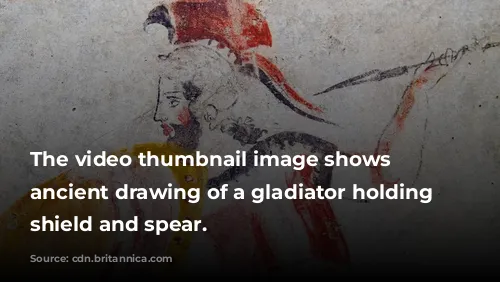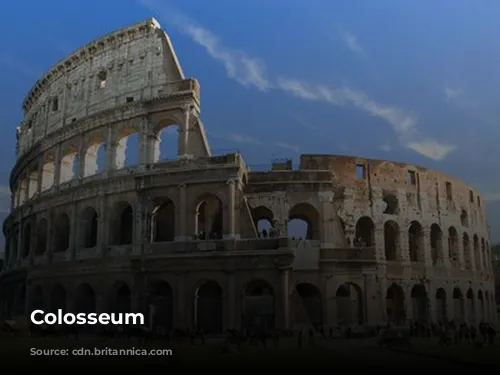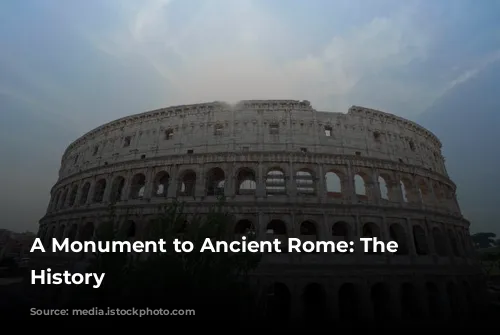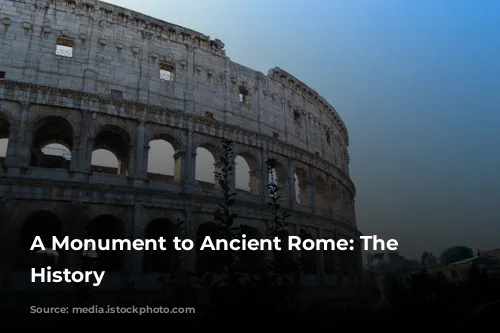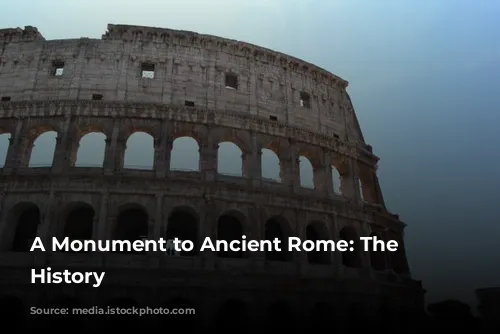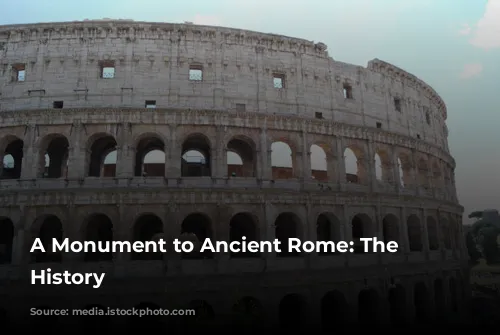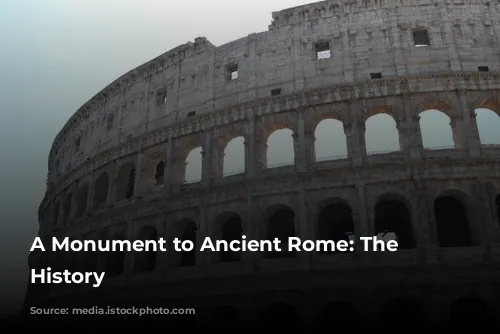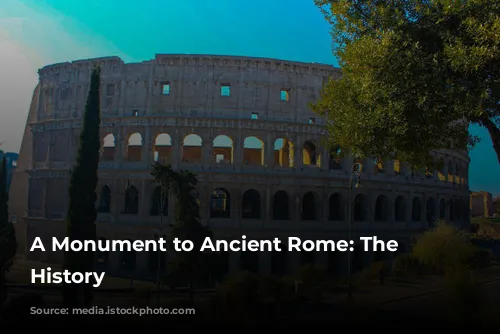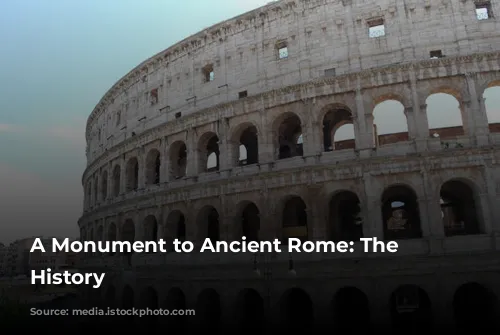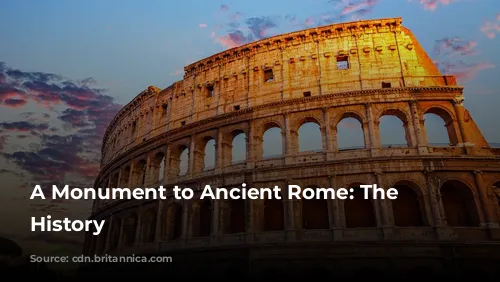The Colosseum is one of the few remarkably preserved structures left behind by the mighty Roman Empire. Today, it stands as a testament to the remarkable architectural and engineering skills of ancient Rome. It’s also a vital source of tourism revenue for the Italian government. In 2018, the Colosseum, the Roman Forum, and Palatine Hill together generated over $63.3 million (€53.8 million), making it Italy’s most profitable tourist attraction.
The Colosseum, however, has faced its fair share of challenges over the centuries. After the fall of the Western Roman Empire, the Colosseum fell into serious disrepair. During the 12th century, the powerful Frangipane and Annibaldi families used it as their fortress. Later, in the late 15th century, Pope Alexander VI permitted its use as a quarry. The Colosseum was neglected for over a thousand years until state-funded restoration projects began in the 1990s.
A Symbol of Roman Power
The Colosseum was built as part of an imperial campaign to revitalize Rome after the tumultuous year of the four emperors in 69 CE. Like other amphitheaters, Emperor Vespasian intended the Colosseum to be a spectacle for Romans, hosting gladiator fights, animal hunts, and even mock naval battles.
Construction of the Colosseum began under the reign of Emperor Vespasian between 70 and 72 CE. His son and successor, Titus, dedicated the completed structure in 80 CE. Emperor Domitian added the fourth story to the Colosseum in 82 CE. It’s worth noting that the arena was funded with spoils from Titus’s conquest of Jerusalem in 70 CE, and Jewish slaves from Judea constructed it.
A Giant of Ancient Engineering
The Colosseum, also known as the Flavian Amphitheatre, is an elliptical structure constructed from stone, concrete, and tuff. It stands four stories tall at its highest point, measuring 620 by 513 feet (189 by 156 meters). The Colosseum could hold up to 50,000 spectators, making it a truly impressive spectacle for its time. The Colosseum was famously used for gladiatorial combat, which was a popular form of entertainment in ancient Rome.
The Colosseum was built on the grounds of Nero’s Golden House, east of the Palatine Hill. The artificial lake, a key feature of Nero’s palace, was drained to make way for the Colosseum. This choice was symbolic as much as it was practical. Vespasian, who came from humble beginnings, wanted to replace Nero’s lavish lake with a public amphitheater that could entertain tens of thousands of Romans.

A Marvel of Design and Function
The Colosseum’s official dedication in 80 CE under Emperor Titus included 100 days of games and festivities. Domitian later completed the construction by adding the topmost story in 82 CE. Unlike earlier amphitheaters, which were typically built into hillsides for support, the Colosseum stands freestanding thanks to a complex system of barrel vaults and groin vaults. The structure measures an impressive 620 by 513 feet (189 by 156 meters).
Three of the arena’s stories are surrounded by arcades, framed by engaged columns in the Doric, Ionic, and Corinthian orders. This rising arrangement of columns inspired the Renaissance codification known as the assemblage of orders. The main structure and facade are made of travertine, while the secondary walls are constructed from volcanic tufa. The inner bowl and arcade vaults are made of concrete.
A Gathering Place for Spectators and Spectacle
The Colosseum could seat around 50,000 spectators, shielded from the sun by a massive retractable velarium (awning). Supporting masts were extended from corbels built into the Colosseum’s top story. Hundreds of Roman sailors were needed to manipulate the rigging that extended and retracted the velarium, demonstrating the impressive scale of the operation.
The Colosseum hosted thousands of gladiator fights, contests between men and animals, and even mock naval battles. While there is uncertainty about whether the arena was used for the martyrdom of early Christians, the Colosseum remains a symbol of the grandeur and power of ancient Rome.
From Glory to Ruins and Renewal
In medieval times, the Colosseum was repurposed as a church and later as a fortress by the prominent Frangipane and Annibaldi families. Over time, the Colosseum suffered damage from lightning, earthquakes, vandalism, and pollution. All of the marble seats and decorative materials were removed, leaving the site as a quarry for over a thousand years.
The preservation of the Colosseum began in earnest in the 19th century, spearheaded by Pope Pius VIII. A major restoration project was undertaken in the 1990s. The Colosseum remains a major tourist attraction in Rome, receiving close to seven million visitors each year. Regular exhibitions related to ancient Roman culture add to the visitor experience.
